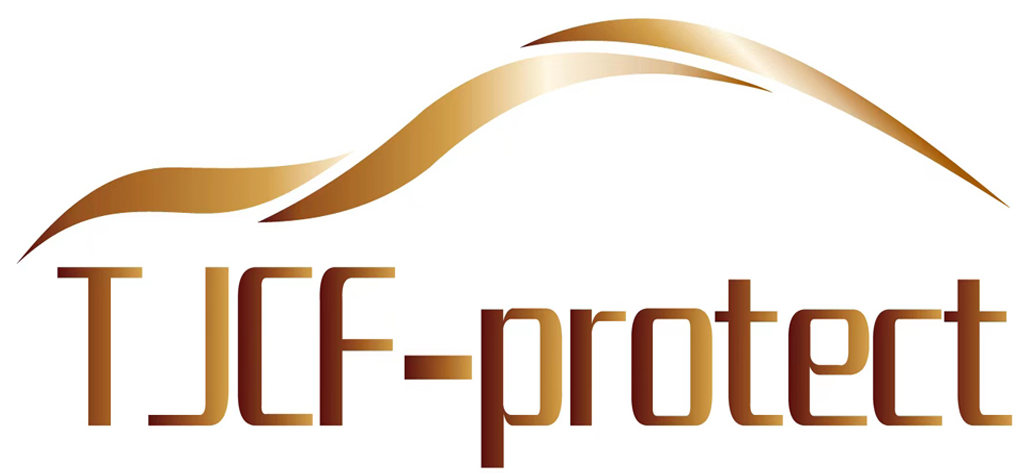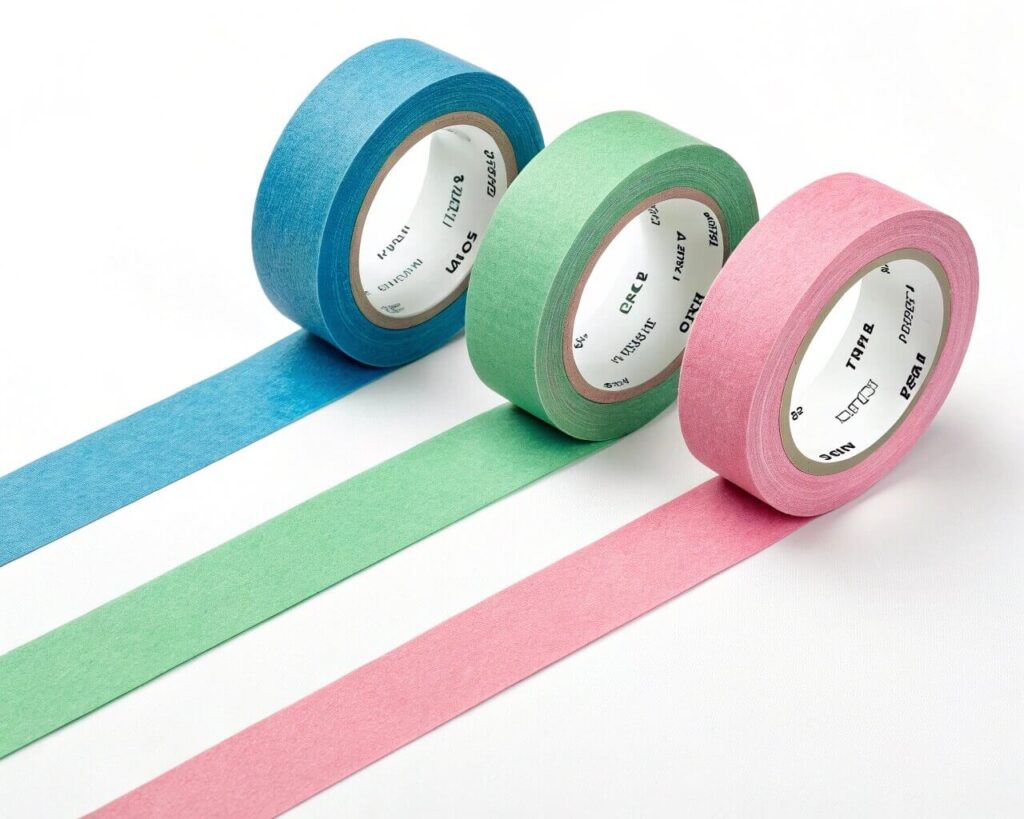Frustrated by sticky tape residue ruining artworks? I destroyed three paintings before finding solutions. Now I’ll share failsafe tapes.
The safest watercolor tapes are artist, drafting, or acid-free gummed tapes. These prevent residue ONLY when used on 100% cotton paper with proper removal timing. Surface sizing in pulp paper bonds permanently with adhesives.
Choosing the right tape changes everything. Let me break down what actually works.
What is the best tape for watercolor edges?
Taped edges peeling mid-wash? I wasted hours redoing skies. Your paper quality dictates the tape.
For daily studio work, ProTapes Artist Tape lifts cleanly at 45° angles. For large washes, acid-free gummed tape bonds securely then releases. Budget artists use Neeho Tape across mediums.
Match Paper and Climate
Always prioritize paper fiber content over tape brands:
- 100% cotton: Fiber-integrated sizing ensures clean tape release
- Pulp/mixed-media: Requires acid-free gummed tape exclusively
- Avoid washi or masking tape – fibers tear out during removal
Climate drastically changes performance. Use this guide:
| Climate | Recommended Tape | Avoid |
|---|---|---|
| Dry/Cold | Drafting tape | Washi tape |
| Humid/Warm | Painter’s tape (yellow) | Lightweight options |
Activate gummed tape by wetting the paper border first. Remove artist tape after 2 hours before paint sets.
What tape doesn’t rip watercolor paper?
Rippled paper edges made me quit plein air painting. Low-tack tapes preserve paper integrity.
Artist tape, acid-free gummed tape, and drafting tape never rip quality watercolor paper. Their pH-neutral adhesives release cotton fibers smoothly when removed correctly.
Application Secrets
Follow these steps for pristine edges:
- Pre-seal borders: Lightly brush water along the tape line – activates paper sizing
- Burnish edges: Use silicone tools – never metal – on inner edges only
- Timed removal:
- Masking tape: Remove at 2-3 hours
- Artist tape: Peel when surface-dry
- Gummed tape: Wait 24hrs, then rewet paper
Pulp paper demands gentler methods. I dampen removal cloths to prevent tearing. Storage matters: keep tapes climate-controlled.
How to remove tape residue from watercolor paper?
Sticky patches ruined my commission piece. But simple tools rescue paintings.
Gently roll kneaded erasers over residue or dab rubber cement picker. For stubborn bits, swipe mineral spirits on cotton swabs after spot-testing.
Residue Problem-Solving
Assess damage first:
- If paper fibers show: Avoid liquids – gently lift residue
- No fiber damage: Solvents work safely
Method selection guide:
| Problem | Solution |
|---|---|
| Surface residue | Kneaded eraser |
| Embedded adhesive | Rubber cement pickup tool |
| Oil-based stickiness | Mineral spirits + swab |
In humidity, wait for paper to fully stabilize before removing tape. Cotton papers handle corrections best.
What is the best tape for holding watercolor paper?
Buckling paper during washes made my trees bleed. Strong-but-releasable tapes solved this.
Acid-free gummed tape holds best for large washes – it bonds when wet and releases when dry. ProTapes Artist Tape withstands studio techniques without slipping.
Scenario Recommendations
Different needs require specialized tapes:
- Daily work: Artist tape (predictable clean removal)
- Outdoor plein air: Gummed tape plus surface sealant
- Student practice: Neeho Tape – affordable performance
- Experimental pieces: Drafting tape – temporary hold
Gummed tape needs reactivation: rub borders with damp sponge before peeling. For pulp paper, it’s the ONLY safe holder. Test new tapes on scraps first.
Conclusion
Prevent residue by matching cotton paper with artist or gummed tape. Store tapes properly and time removals precisely. Paint worry-free.


